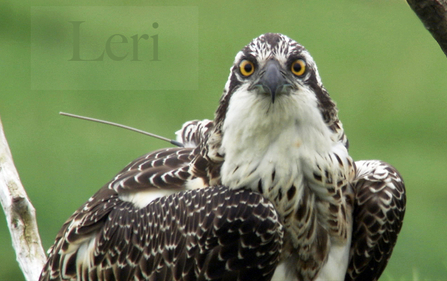It is now a week since we've had a signal back from Leri. It has come to that horrible 'inconvenient truth' time, when we have to say that Leri has most probably died.
It didn't look good a week ago when her transmitter was sending back signals with a recurring 'activity reading' number, meaning that the transmitter wasn't moving from one place to the next.
This '110' number is randomly generated and should be different for each position


